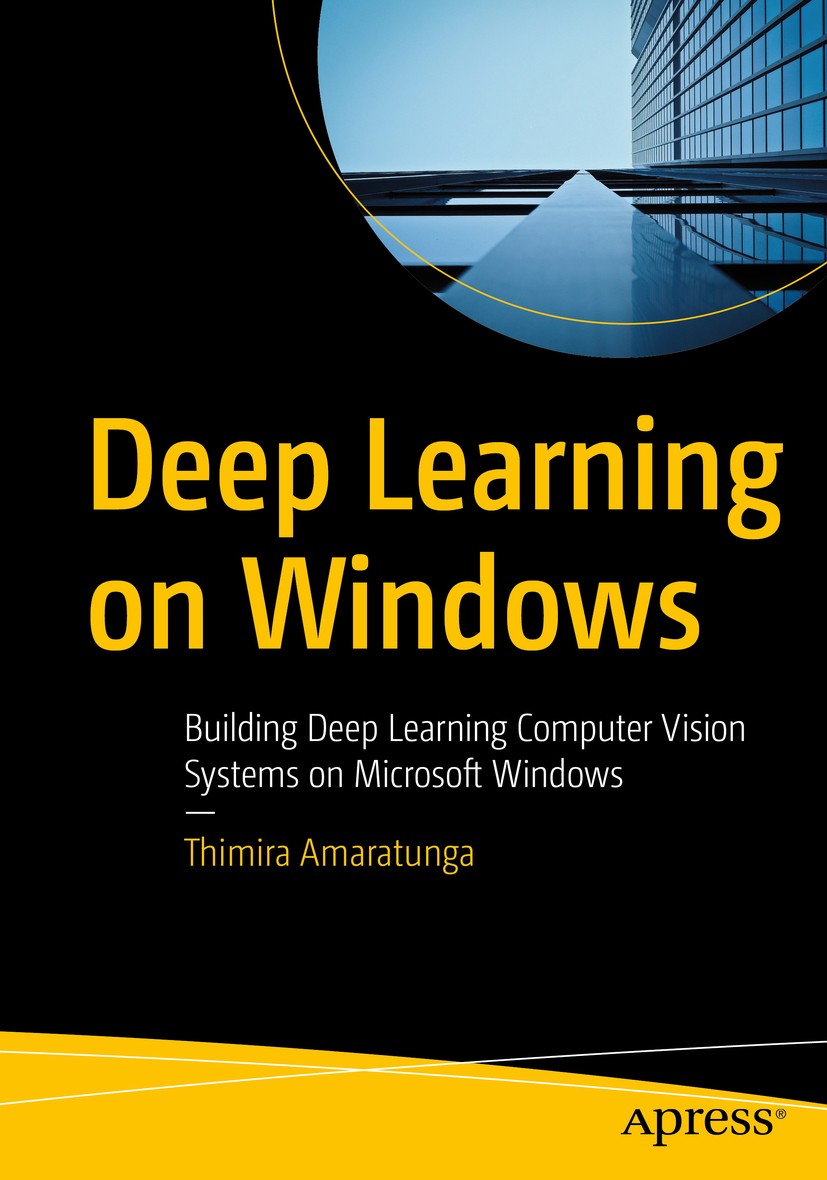| 書目名稱 | Deep Learning on Windows | | 副標(biāo)題 | Building Deep Learni | | 編輯 | Thimira Amaratunga | | 視頻video | http://file.papertrans.cn/265/264630/264630.mp4 | | 概述 | Covers deep learning web application design and development.Discusses Python, Dlib, Anaconda, and TensorFlow to implement deep learning on Windows.Contains real-time deep learning object identificatio | | 圖書封面 |  | | 描述 | .Build deep learning and computer vision systems using Python, TensorFlow, Keras, OpenCV, and more, right within the familiar environment of Microsoft Windows.?The book starts with an introduction to tools for deep learning and computer vision tasks followed by instructions to install, configure, and troubleshoot them. Here, you will learn how Python can help you build deep learning models on Windows.?.Moving forward, you will build a deep learning model and understand the internal-workings of a convolutional neural network on Windows. Further, you will go through different ways to visualize the?internal-workings of deep learning models along with an understanding of transfer learning where you will learn how to build model architecture and use data augmentations. Next, you will manage and train deep learning models on Windows before deploying your application as a web application. You’ll also do some simple image processing and work with computer vision options that will help you build various applications with deep learning. Finally, you will use generative adversarial networks along with reinforcement learning.?.After reading?.Deep Learning on Windows., you will be able to desig | | 出版日期 | Book 2021 | | 關(guān)鍵詞 | Deep Learning; Artificial Intelligence; AI; TensorFlow; Windows; Keras; OpenCV | | 版次 | 1 | | doi | https://doi.org/10.1007/978-1-4842-6431-7 | | isbn_softcover | 978-1-4842-6430-0 | | isbn_ebook | 978-1-4842-6431-7 | | copyright | Thimira Amaratunga 2021 |
The information of publication is updating

|
|
 |Archiver|手機版|小黑屋|
派博傳思國際
( 京公網(wǎng)安備110108008328)
GMT+8, 2025-10-15 11:29
|Archiver|手機版|小黑屋|
派博傳思國際
( 京公網(wǎng)安備110108008328)
GMT+8, 2025-10-15 11:29


